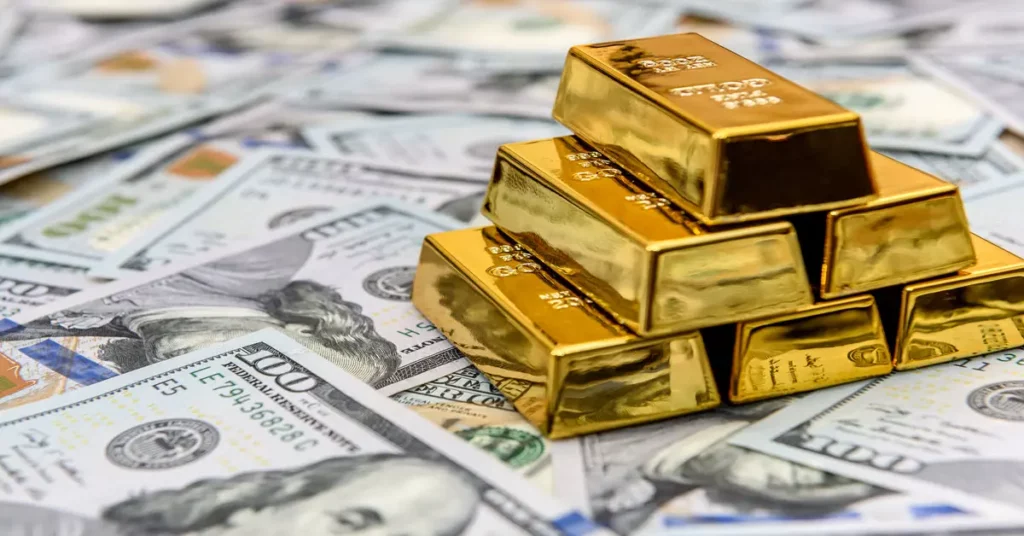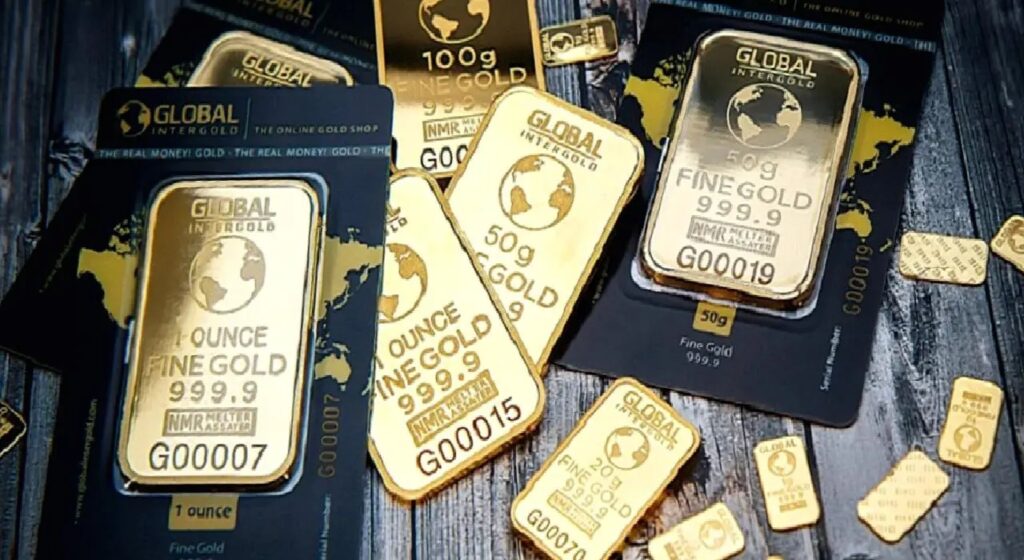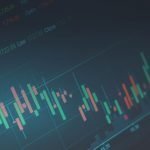Gold had a rough week as markets repriced interest rate hike expectations and the strong US dollar eroded much of its safe-haven appeal. Next week, analysts remain cautious as the $1,700 per ounce level is dangerous territory for gold.
How has this week been for gold?
“Gold slumped to an 11-month low as investors shun the precious metal in favor of the USD with the risk-off tone in the markets,” said Daniel Hynes, senior commodity strategist at ANZ. The precious metal closes the week down more than 2%. It’s just past its fifth consecutive week of losses, which hasn’t happened in several years. Year-to-date, gold has fallen around 7 percent. At the time of writing, August Comex futures were trading at $1,702.50 an ounce.

The main trigger behind this week’s $40 sell-off was that year-on-year price pressures increased 9.1 percent in June. It was the surprising US inflation report for July that led to the repricing of rate hike expectations. Before the data was released, markets had expected a 75 basis point increase. However, after the inflation figures, the markets no longer ruled out a massive 100 basis point increase.
This came after Bank of Canada surprised the market with a 100 basis point gain. “The increase of this magnitude is very unusual,” Bank of Canada Governor Tiff Macklem told reporters on Wednesday. Inflation is very high and more people are worried that high inflation will stay here.” In contrast, the US dollar index traded at 20-year highs, yields soaring. Gold fell and briefly traded below $1,700 an ounce.
TD Securities points to negative factors below
“Concerned about the possibility of a global economic slowdown, investors are avoiding the asset rather than taking shelter in the USD,” Hynes said. Investors are reducing exposure to the precious metal,” he said. A rise in CPI could bolster the Fed’s determination to continue another big hike in interest rates later this month. Net long positions on the Comex hit a three-year low, while bullion-backed ETFs shed 29 tons of holdings last week.

Bart Melek, head of global commodities strategy at TD Securities, said the Fed will demonstrate its commitment to tackling inflation at its July meeting, whether it’s a 100bp increase or a 75bp increase. “Inflation will continue to be a problem and will require the Fed to tighten, which is negative for gold,” Melek said.
The Fed has room to tighten as June retail sales beat expectations in June. “If the Fed really sticks to 2 percent inflation, interest rates could be higher than people think,” Angel said. However, the Fed will eventually have to walk away from tightening too much. “And when they turn the other way, Gold will shine,” said the angel.
Why is the $1,700 area dangerous for gold?
Since it’s been so long since gold was trading below $1,700 an ounce, there aren’t many support levels just below it, and therefore a bigger sell-off could occur. Everett Millman, precious metals specialist at Gainesville Coins, said: “Gold has fallen more than I expected. “For weeks most of us have been saying $1,700 as a possible support level, this is where we are right now.” “The downside risk is quite high. It will take a little longer for the markets to fully digest the new Fed expectations and the high dollar.”

There is a chance for gold to reach $1,600-1,550 in the short term, but that doesn’t change Millman’s long-term view that gold will rise towards the end of the year. The last time gold traded below $1,700 an ounce was just before the pandemic hit. And now he’s in danger of a negative feedback loop that’s getting prices there once again, Millman warned.
“This will affect the technical outlook as the market expectation and narrative has been repriced for the stronger dollar this summer. Negative feedback loop when prices fall, more technical traders will update the ranges and less bullish below.”
RJO Futures senior commodities broker Bob Haberkorn said $1,700 is a critical point for gold and bargain hunters are currently buying at the bottom. “Golden will struggle in this environment,” Haberkorn said. “100 basis points increase from the Fed is more important than we are used to and will affect gold.” Angel added that he watched $1,679 as the first major support level and $1,818-1,812 as resistance levels.

Inverting the yield curve can help below
Analysts added that a potential positive driver for gold going forward is yield curve inversion. The US has seen 10-year and 2-year Treasury yields reverse, meaning yields on two-year U.S. Treasuries are now higher than ten-year yields. In the past, this signaled an impending recession, where markets are starting to overprice these days.
“The difference in yields is now greater than at any time in the last 22 years,” Commerzbank analysts said. “Gold should really take advantage of this as a safe haven. This is one reason why we anticipate higher gold prices in the coming months and quarters.”

Data to monitor
The focus will be on the Fed’s rate hike expectations next week. But the Fed will remain silent on the matter as it enters the blackout on Saturday. This means there will be no additional comments from Fed officials ahead of the July 27 meeting.
- Tuesday: US building permits and housing starts
- Wednesday: US current home sales
- Thursday: ECB rate decision, US jobless claims, Philadelphia Fed manufacturing index



